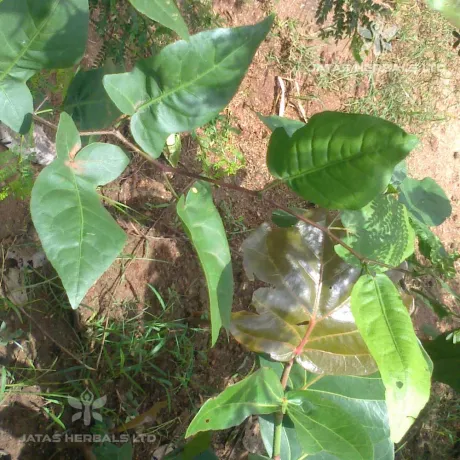Bilva is extensively described and used in the Vedic literature. Bilva Mani dharana is considered as Duhsvapnanasana, Rakshoghna, Rasayana, Prajasthapana, Vishghna etc. It is also used for rituals, marriages etc. Its cosmetic properties were also documented by the ancient texts. Bilva is considered to be the best Sangrahika and Dipaniya drug being vata kapha hara (C.S.Su.25). Bilva Patra is however vatahara only (C.S.Su.27). Sushruta quoted Bilva as Rasayana (S.S.Ci.27).
Bilva is also called Siva Druma (Lord Siva’s favourite tree) is held sacred by Hindus, the leaves being offered in prayers to Siva & Parvati. As Chopra aptly puts it, “No drug has been longer better known, more appreciated by the inhabitants of India than bael fruits”.
Different parts of the tree are used in ancient medicine viz, root (vatakara), stem (Hridroga hara or Jvara hara), leaves (Madhumeha hara), Apakva phala (sangrahi) and pakva phala (laxative). The properties of unripen and ripen fruit are tabulated:
Properties of ripen and unripen fruits of Bilva–
Ripen fruit Unripen Fruit
- Sweet, aromatic, cooling, 1. Astringent,digestive, stomachic
alterative, nutritive and little constipative (antidiarrhoeal)
laxative (Nadkarni) stimulant, antipyretic, antiscorbutic, bitter and
pungent (Nadkarni).
- Acrid, bitter, sweet, appet- 2. Oily, bitter, acrid, sour, tasty but
tiser, binding tonic, febrif- difficult to digest, appetiser, bind-
uge, causes biliousness and ing, cures dysentery, removes
removes vata & kapha, good pain (kirtikar & Basu).
for heart (Kirtikar & Basu)
Different varieties– Another variety of Bilva known as “Ek Patti Bilva” (single leaf Bael) is considered to be an ecotype or variety of A. marmelos.
Botanical Description– It is a medium to fairly large sized deciduous and glabrous tree up to 6-7.5 m high and 90-120 cm in girth. Branches armed with straight sharp, axillary 2.5 cm long spines. Bark soft, corky, light grey. Leaves alternate, trifoliate, occasionally digitately five foliate. Leaflets ovate or ovate lanceolate, crenate, acuminate, lateral sessile, terminal long petioled. Flowers large, greenish white, sweet scented in short axillary panicles. Fruits glabose, grey or yellow, rind woody. Seeds-numerous, oblong, compressed, em-bedded in sacs covered with thick orange coloured sweet pulp. Distribution–found almost throughout India.
Major chemical constituents–
Root–xanthotoxin, umbelliferone, marmesin, marmin, skimmin etc.
Heart wood– furoquinoline, marmesin, sitosterol etc.
Leaves–essential oil containing phellandrene, rutin, marmesinin, aegelin, aegelenine, etc.
Ripe fruits–xanthotoxol, marmesin, skimmin etc.
Unripe fruits–marmeline, aegeline, imperatorin, alloim-peratorin and xanthotoxol etc.
Part Used– Fruit, leaves, root
Dosage–Decoction 50-100 ml, powder 3-5g, leaf juice 10-20 ml
Research works–
(1) CVS activity– Aqeucous and alcoholic extracts of leaves caused an increase in amplitude and force of contractions of frog’s heart similar to those shown by digoxin. Both the extracts stimulated frog’s heart, as seen from the ECG’s (Haravey; 1968).
(2) Antidiabetic Property–The alcoholic extracts of roots and fruits showed hypoglycaemic activity in albino rats (Dhar et al; 1968).
The leaf extract reversed all the parameters (altered function of pancreatic beta-cells and acinar cells; coarsening of endoplasmic reticulum in acinar cells and altered secretory function; dilatation of veins, loss of usual concentric arrangement of hepatocytes, liver fibrosis and decrease in glycogen content in liver; thickened kidney tissues and expanded glomerules to near normal. The treatment of leaf extract showed improvement in functional status of pancreatic –cells. The results indicate the potential hypoglycaemic nature of the leaf-extract, helping in regeneration of damaged pancreas (Das et al; 1996).
Effect of leaves is studied in normal and alloxan-induced DM. In normal rabbits, highest decrease (35.3%) in blood glucose level was recorded with 1 g. equivalent dose after 4 hrs of administration. The hypoglycaemic effect at 12 hrs was moderate but no effect was observed at 24 hrs of drug administration. In diabetic rabbits, the extract produced significant (P<0.01) antihyperglycaemic effect within 3 days when given at the dose equivalent to 1g. powder/kg/day (Rao et al; 1995).
The antidiabetic property is also reported by Gupta Bharati (BHU), 1990; Prabhakar B (Hyd.) 1996.
Hypoglycaemic activity of Bael fruits has been reported by Vyas D.S. et al, (J. Res. Ind. Med. Yoga & Homco, 14:63, 1979).
(3) Anthelmintic activity– Marmelosin showed anthelmintic activity against ankylostomiasis (Lamba & Bhargeva, 1969).
(4) Antidiarrhoeal activity–
(1) Effect of Bael fruit in amoebiasis is reported (Verma, B.H.U., 1977).
(2) Bilva powder in AtisŒra (Tupe, Ahmednagar, 1992).
(3) Bilva powder in PravŒhika (Chandak, Nashik, 1986; Meshram, Raipur, 1996; Acharya, BHU, 1980; Desai V.G., Bombay, 1927.
(4) Bilva is also been used for treating giaradiasis (Singh & Chaturredi, 1981).




Reviews
There are no reviews yet.